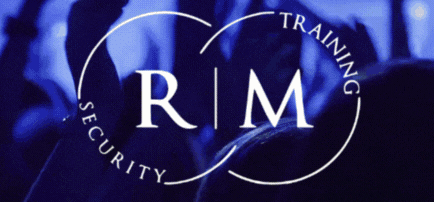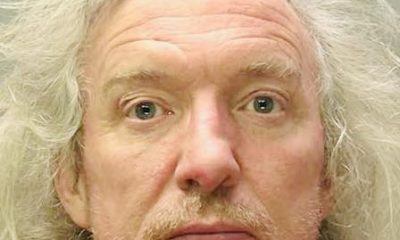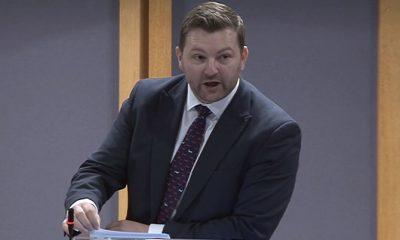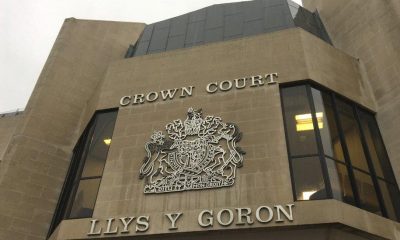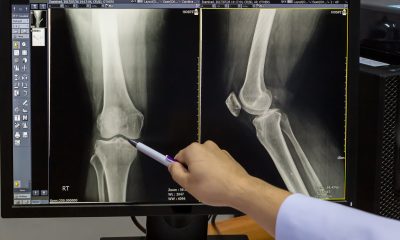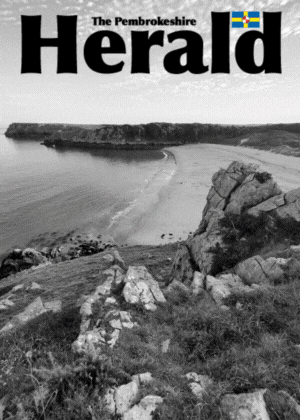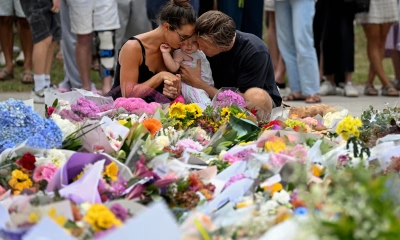News
Swansea Crown Court continues to consider if Lily Sullivan’s murder was sexually motivated

THE MAN who murdered an 18-year-old on a night out and left her body in a reservoir confessed to his girlfriend “I’ve strangled somebody”, a court has heard.
Lewis Haines killed Lily Sullivan after meeting her at Out nightclub, formerly known as Paddles nightclub, in Pembroke, south-west Wales, on December 16 last year.
The 31-year-old admits murdering Ms Sullivan, but denies it was sexually motivated.
A trial of facts is being held at Swansea Crown Court to determine whether there was a sexual element to the killing before Haines can be sentenced.
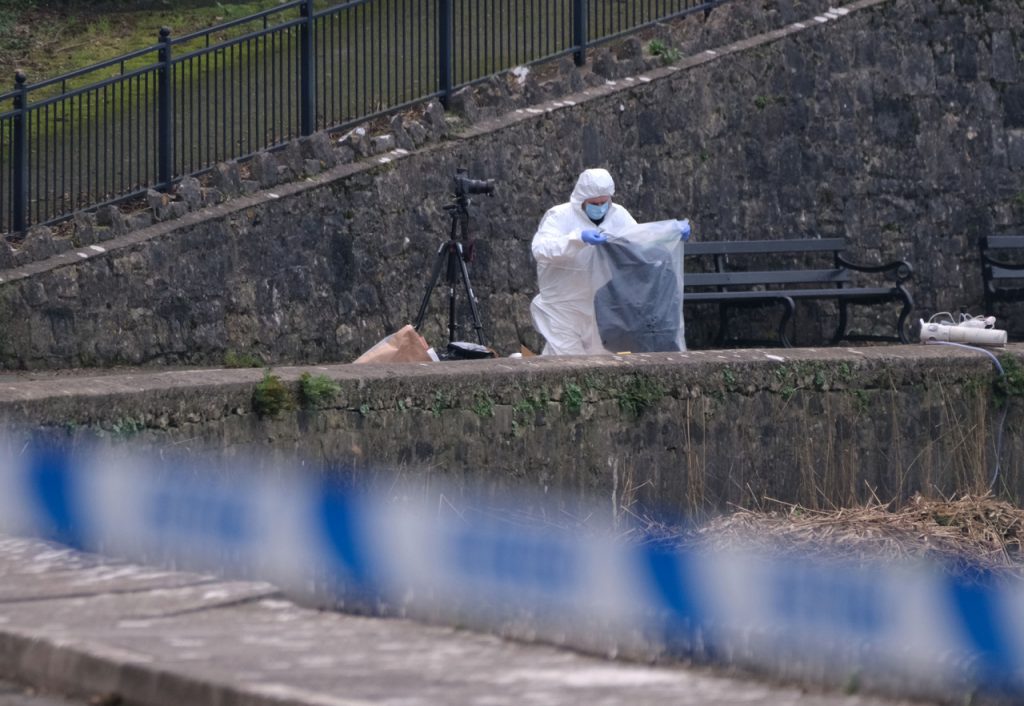
He could face a life sentence with a minimum term of 30 years if Judge Paul Thomas finds the killing was sexual, compared with a minimum term of 15 years if he does not.
The court heard how Ms Sullivan was discovered face down in Mill Pond, a two-mile long fresh water reservoir near the town.
She had been strangled and was no longer wearing the cream lace crop top she had been pictured in that night.
Just hours before, she had been seen partying with friends in the club where she had met Haines through their mutual friend Charlene Jones.
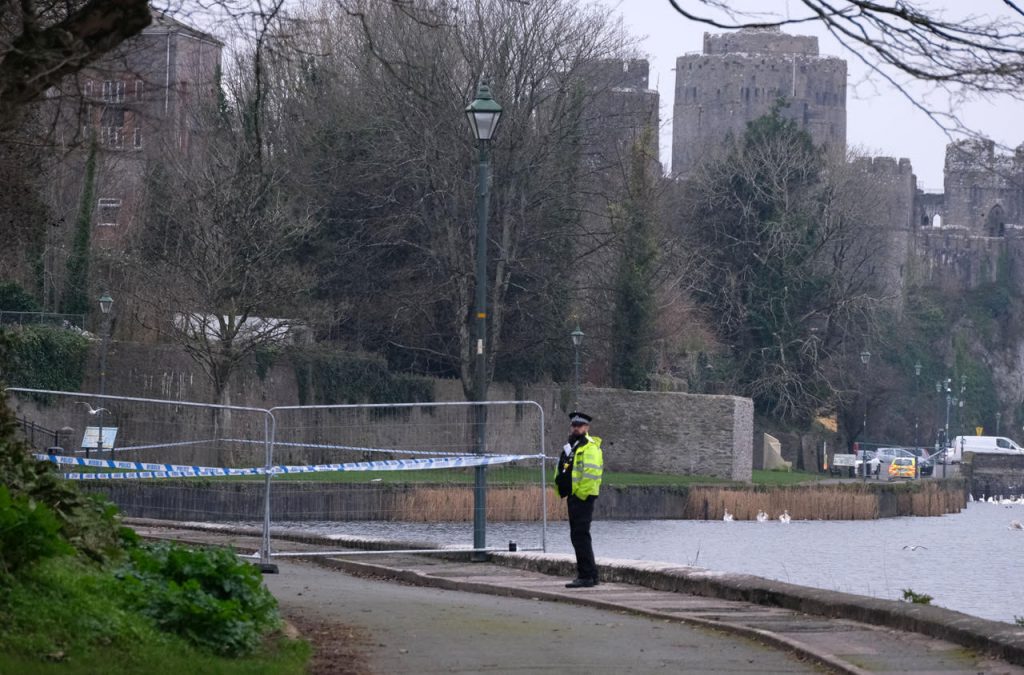
In a statement read to the court, Ms Jones said: “I could tell he was trying to chat Lily up. He was buying her drinks and standing close to her.
“He was being very flirtatious with her. I think he wanted to have sex with her.”
After the club closed, Ms Jones said she saw Haines and Ms Sullivan walk away down the street together and shouted: “You’ve got a girlfriend and a baby at home. She’s only 18.”
CCTV footage shows Haines and Ms Sullivan ended up in Morgans Way, an alleyway leading to Mill Pond.
William Hughes QC, prosecuting, said “a substantial part of the incident” must have taken place there because it was the location where Ms Sullivan’s phone and Haines’ baseball cap were later found.
Two people living nearby the alleyway said they heard a man and woman arguing in the early hours of the morning, with one witness saying she heard a woman scream.
During this time, Ms Sullivan’s mother Anna – who was supposed to pick her daughter and friend Lara Wood up at 2am – was becoming concerned.
She eventually spoke to Ms Wood who told her she was no longer with Ms Sullivan.
After dozens of calls and text messages to her daughter, Ms Sullivan answered the phone and told her mother she would meet her at a nearby garage, but she never arrived.
She last spoke to her daughter just before 3am when Ms Sullivan answered the phone again and said she was just “minutes away”.

The phone call was cut off mid-sentence.
Sometime later Ms Sullivan’s mother said she saw a man walking casually past her car swinging his arms before his behaviour changed and he began wringing his hands, shaking his head and running across the road.
Mr Hughes told the court on Monday: “While she’d not seen him before, her description of the man is similar to Lewis Haines.
“The prosecution believe the person Anna Sullivan saw was her daughter’s killer.”
Haines arrived home at 3.40am and told his girlfriend Maisie John: “I’ve strangled somebody. They’re in Mill Pond.”
Ms John said Haines’ jeans were damp and he had blood on his arms.
She said he was “hysterical” and repeatedly asked to be taken to his mother’s house.
Admitting to her while in the car: “I think she’s dead.”
He later told his mother that Ms Sullivan had called him a rapist and hit him, and that he had strangled her, hit her and pushed her into the water.
Haines claimed to have tried to pull Ms Sullivan out of the water but said she was a “dead weight”.
Ms Sullivan was declared dead at 6.02am despite paramedics’ attempts to revive her.
A post-mortem examination revealed she had bruising to her face and had been strangled, but there was no evidence she had been sexually assaulted.
Central to understanding whether the crime was sexually motivated or not is when Ms Sullivan’s top was removed, the court was told.
The prosecution believe the bralette was removed while Ms Sullivan was on land.
Defence barrister John Hipkin QC said when the item arrived at the laboratory, it was noted as being “slightly damp”.
Crime scene investigator for Dyfed-Powys Police Alexander Morgan confirmed the top was dry when he recovered it, but said it was a cold day and he was wearing two pairs of gloves.
Haines, a father-of-one, of Flemish Court, Lamphey, previously denied murdering Ms Sullivan but pleaded guilty a week before his trial was due to begin.
On Tuesday (Aug 23) the court heard that on the white top Lily was wearing that was found by the Millpond, Mr Hipkins QC said there is absolutely no evidence to suggest it was forcibly removed.
It was explained that the area the top was located is an unlikely area for any sexual misconduct to have taken place.
Mr Hipkins QC said that the defendant did get into the water to try get Lily out, and the cutting off of the phone call at 2.47am does not assist the court in identifying whether any sexual misconduct was committed during the murder.
Prosecuting solicitor William Hughes QC summed up the prosecution’s case by saying there are several different strands in the case which suggest Haines was sexually motivated.
He highlighted two witness statements that had formed the views Haines had shown sexual interest in Lily on the night, and that he was warned off Lily more than once, including that he had a child and reminding him of the age difference between the pair.
Mr Hughes QC said that up to a point Lily was also prepared to have a degree of intermate contact, and in addition, Haines had admitted kissing Lily in the nightclub. Haines also accepts he kissed Lily down the lane.
In CCTV footage between 1.25am and 1.55am in Main Street there is a doorway to which Lily and Haines ‘absconded’ and it is not unreasonable to say there was some form of intimacy happening at that point.
Prosecution highlighted the evidence of Dyfed-Powys crime scene investigator Alex Morgan who found Lily’s jacket and Haines’ jacket in the alleyway, which were all dry. Prosecution argued that these clothes must have been removed in that location and that it was indicative some sexual activity increased in intensity at that point.
Mr Hughes QC said the actions to leave OUT nightclub, formally Paddles, towards the Millpond, were sexually motivated.
Judge Paul Thomas QC: “Two adults have been drinking, go off together down a dark secluded lane, they spend some time in a doorway together and they spend a long period of time down the alleyway.”
THE CASE CONTINUES
Health
Resident doctors in Wales vote to accept new contract
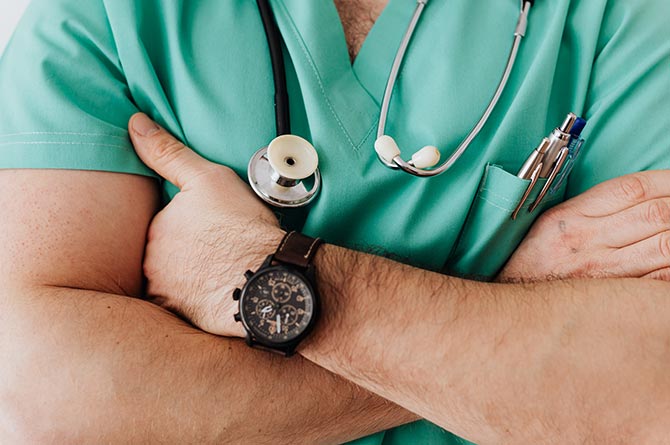
RESIDENT doctors across Wales have voted to accept a new contract, with 83% of those who took part in a referendum backing the agreement, according to BMA Cymru Wales.
The contract includes a four per cent additional investment in the resident doctor workforce and introduces a range of reforms aimed at improving training conditions, wellbeing and long-term workforce sustainability within NHS Wales. The BMA says the deal also supports progress towards pay restoration, which remains a central issue for doctors.
Key changes include new safeguards to limit the most fatiguing working patterns, measures intended to address medical unemployment and career progression concerns, and reforms to study budgets and study leave to improve access to training opportunities.
Negotiations between the BMA’s Welsh Resident Doctors Committee, NHS Wales Employers and the Welsh Government concluded earlier this year. Following a consultation period, a referendum of resident doctors and final-year medical students in Wales was held, resulting in a clear majority in favour of the proposals.
Welsh Resident Doctors Committee chair Dr Oba Babs Osibodu said the agreement marked a significant step forward for doctors working in Wales.
He said: “We’re proud to have negotiated this contract, which offers our colleagues and the future generation of doctors safer terms of service, fairer pay, and better prospects so that they can grow and develop their careers in Wales.
“This contract will help to retain the doctors already in training, and also attract more doctors to work in Wales, where they can offer their expertise and benefit patients.”
Dr Osibodu added that the BMA remains committed to achieving full pay restoration and acknowledged that challenges remain for some doctors.
“Whilst this contract sets the foundations for a brighter future for resident doctors in Wales, we recognise that there are still doctors who are struggling to develop their careers and secure permanent work,” he said. “We need to work with the Welsh Government and NHS employers to address training bottlenecks and underemployment.”
The Welsh Government has previously said it recognises the pressures facing resident doctors and the importance of improving recruitment and retention across NHS Wales, while also highlighting the need to balance pay agreements with wider NHS funding pressures and patient demand.
The new contract is expected to be phased in from August 2026. It will initially apply to doctors in foundation programmes, those in specialty training with unbanded rotas, and new starters, before being rolled out to all resident doctors across Wales.
Crime
Swansea man jailed for online child sex offence dies in prison
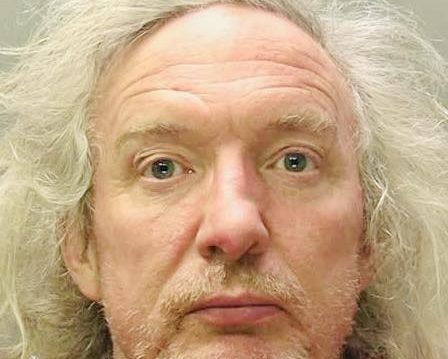
A SWANSEA man who was jailed earlier this year for attempting to engage in sexual communication with a child has died while in custody.
Gareth Davies, aged 59, of the Maritime Quarter, was serving an 18-month prison sentence after being convicted in May of sending sexually explicit messages to what he believed was a 14-year-old girl. The account was in fact a decoy used as part of an online safeguarding operation.
The court heard that Davies began communicating with the decoy between November and December 2024 and persistently pursued the individual, later attempting to arrange a face-to-face meeting. He was arrested after being confronted by the decoy operators.
Davies had pleaded not guilty but was convicted following a trial. At the time of sentencing, police described the messages as extremely concerning and said his imprisonment was necessary to protect children.
It has now been confirmed that Davies died at HMP Parc on Wednesday (Nov 27) while serving his sentence.
The Prisons and Probation Ombudsman has launched an independent investigation into the death, which is standard procedure in all cases where someone dies in custody. No cause of death has been released at this stage.
A coroner will determine the circumstances in due course.
Farming
Welsh Conservatives warn climate plans could mean fewer livestock on Welsh farms
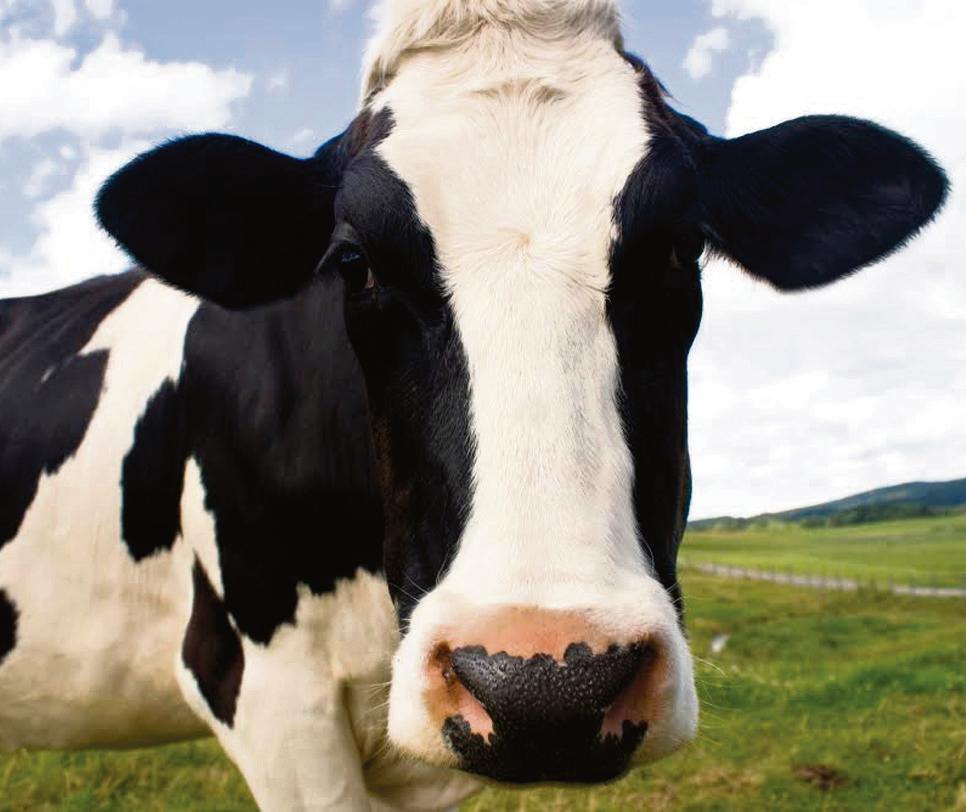
THE WELSH CONSERVATIVES have challenged the Welsh Government over climate change policies they say could lead to reductions in livestock numbers across Wales, raising concerns about the future of Welsh farming.
The row follows the Welsh Government’s decision, alongside Plaid Cymru and the Welsh Liberal Democrats, to support the UK Climate Change Committee’s Fourth Carbon Budget, which sets out the pathway towards Net Zero greenhouse gas emissions by 2050.
The Carbon Budget, produced by the independent Climate Change Committee (CCC), states that meeting Net Zero targets will require a reduction in agricultural emissions, including changes to land use and, in some scenarios, a reduction in livestock numbers.
During questioning in the Senedd, the Welsh Conservatives pressed the Deputy First Minister and Cabinet Secretary for Climate Change and Rural Affairs on whether the Welsh Government supports reducing livestock numbers as part of its climate strategy.
Speaking after the exchange, Welsh Conservative Shadow Cabinet Secretary for Rural Affairs, Samuel Kurtz MS, said the Welsh Government could not distance itself from the implications of the policy it had backed.
Mr Kurtz said: “By voting in favour of these climate change regulations, Labour, Plaid Cymru and the Liberal Democrats have signed up to the UK Climate Change Committee’s call to cut livestock numbers in Wales, and they cannot dodge that reality.
“The Deputy First Minister’s smoke-and-mirrors answers only confirm what farmers already fear: that Labour, along with their budget bedfellows in Plaid and the Lib Dems, are prepared to sacrifice Welsh agriculture in pursuit of climate targets.”
He added that the issue came at a time of growing pressure on the farming sector, pointing to uncertainty over the proposed Sustainable Farming Scheme, the ongoing failure to eradicate bovine TB, nitrogen pollution regulations under the Nitrate Vulnerable Zones (NVZs), and proposed changes to inheritance tax rules affecting family farms.
The Welsh Government has repeatedly said it does not have a target to forcibly reduce livestock numbers and has argued that future emissions reductions will come through a combination of improved farming practices, environmental land management, and changes in land use agreed with farmers.
Ministers have also said the Sustainable Farming Scheme, which is due to replace the Basic Payment Scheme, is intended to reward farmers for food production alongside environmental outcomes, rather than remove land from agriculture.
The UK Climate Change Committee, which advises governments across the UK, has stressed that its pathways are based on modelling rather than fixed quotas, and that devolved governments have flexibility in how targets are met.
However, farming unions and rural groups in Wales have warned that policies focused on emissions reduction risk undermining the viability of livestock farming, particularly in upland and marginal areas where alternatives to grazing are limited.
The debate highlights the growing tension between climate targets and food production in Wales, with livestock farming remaining a central part of the rural economy and Welsh cultural identity.
As discussions continue over the final shape of the Sustainable Farming Scheme and Wales’ long-term climate plans, pressure is mounting on the Welsh Government to reassure farmers that climate policy will not come at the expense of the sector’s survival.
-

 Crime1 day ago
Crime1 day agoMilford Haven man jailed after drunken attack on partner and police officers
-

 News4 days ago
News4 days agoDyfed-Powys Police launch major investigation after triple fatal crash
-

 Crime1 day ago
Crime1 day agoTeenager charged following rape allegation at Saundersfoot nightclub
-
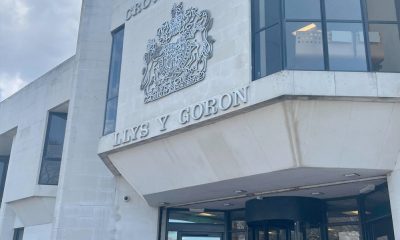
 Crime2 days ago
Crime2 days agoMan charged with months of coercive control and assaults
-

 Crime3 days ago
Crime3 days agoMan sent to Crown Court over historic indecent assault allegations
-

 Crime5 days ago
Crime5 days agoMan spared jail after baseball bat incident in Milford Haven
-
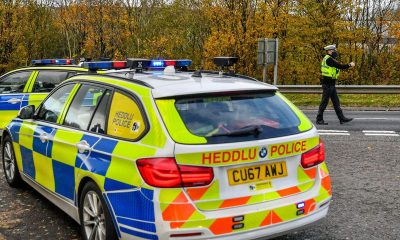
 Crime3 days ago
Crime3 days agoMilford Haven man admits multiple offences after A477 incident
-

 Crime2 days ago
Crime2 days agoWoman ‘terrified in own home’ after ex breaches court order



